Creating a backyard turtle pond combines the tranquility of water features with the joy of observing these fascinating reptiles in a natural setting. While the idea might seem daunting at first, designing a low-maintenance turtle pond is achievable with proper planning and understanding of turtle needs. A well-designed pond provides a healthy environment for your shelled friends while requiring minimal upkeep, allowing you to enjoy the rewards without constant work. This guide will walk you through everything from initial planning to long-term care, ensuring your turtle pond becomes a sustainable ecosystem and a beautiful addition to your outdoor space.
Understanding Turtle Needs in a Pond Environment
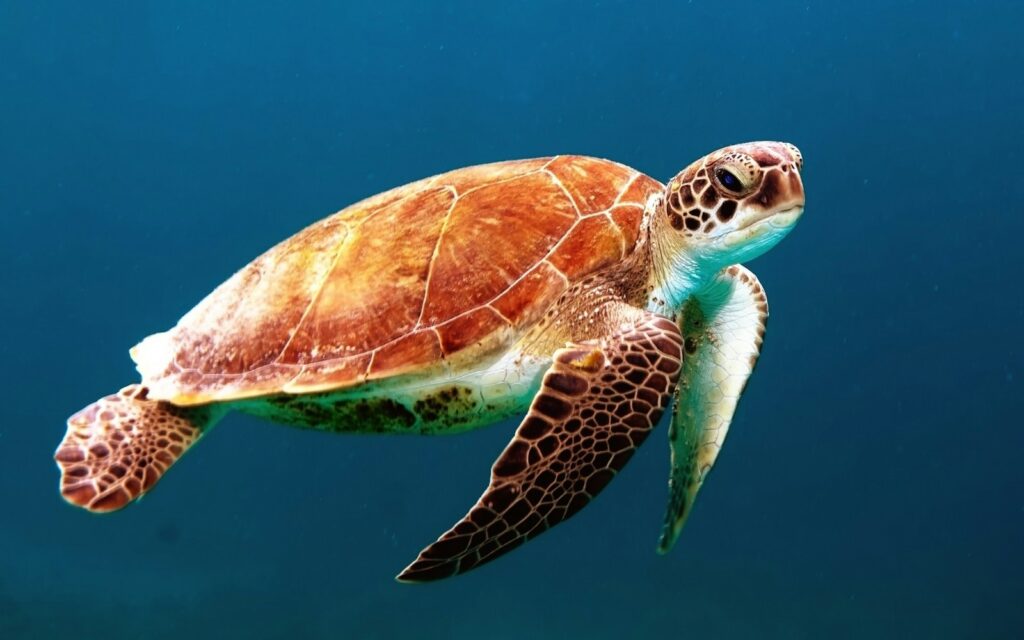
Turtles require specific habitat features to thrive in an outdoor pond setting. At the most basic level, they need clean water, varied depths for swimming and diving, basking areas where they can completely dry off and absorb UVB rays, and appropriate vegetation. Different turtle species have slightly different requirements, with some preferring deeper water while others favor shallow marshes with plenty of plants. Aquatic turtles are ectothermic (cold-blooded), meaning they rely on environmental temperatures to regulate their body heat, making both sunny and shaded areas essential in your pond design. Understanding these fundamental needs will serve as the foundation for creating a pond that promotes health and natural behaviors while minimizing your maintenance burden.
Choosing the Right Location for Your Turtle Pond
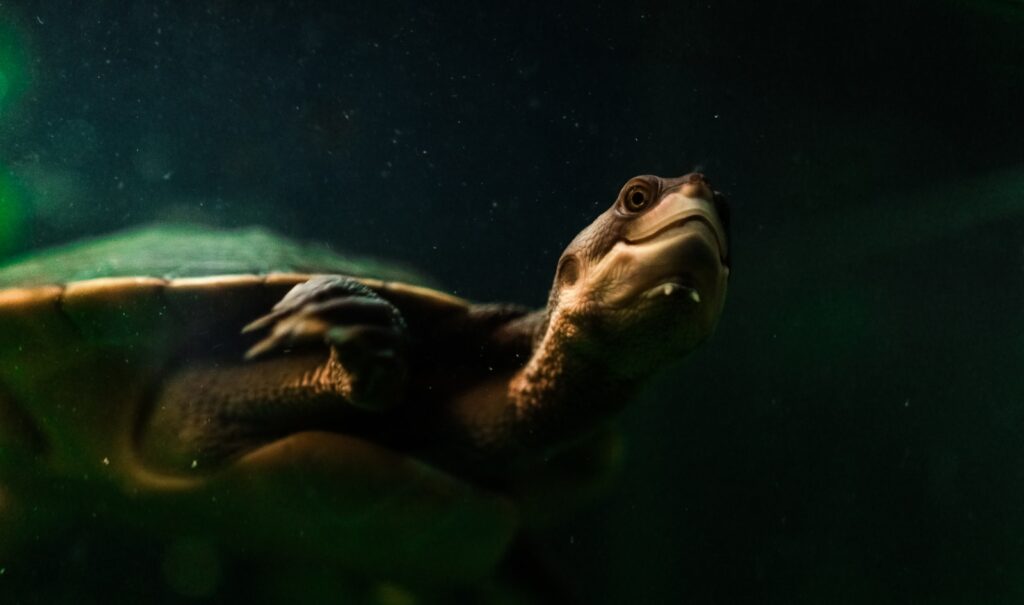
Location selection is perhaps the most crucial decision you’ll make when establishing a low-maintenance turtle pond. The ideal spot receives 4-6 hours of direct sunlight daily, which helps maintain water temperature and provides natural basking opportunities for your turtles. Avoid placing the pond under trees that drop excessive leaves or fruit, as this increases cleaning requirements and can cause water quality issues. Consider proximity to electrical outlets if you’ll be using pumps or filters, and ensure the site has good drainage to prevent flooding during heavy rains. The location should also be visible from your home so you can enjoy watching your turtles and quickly notice any problems that might arise.
Determining the Proper Size and Depth
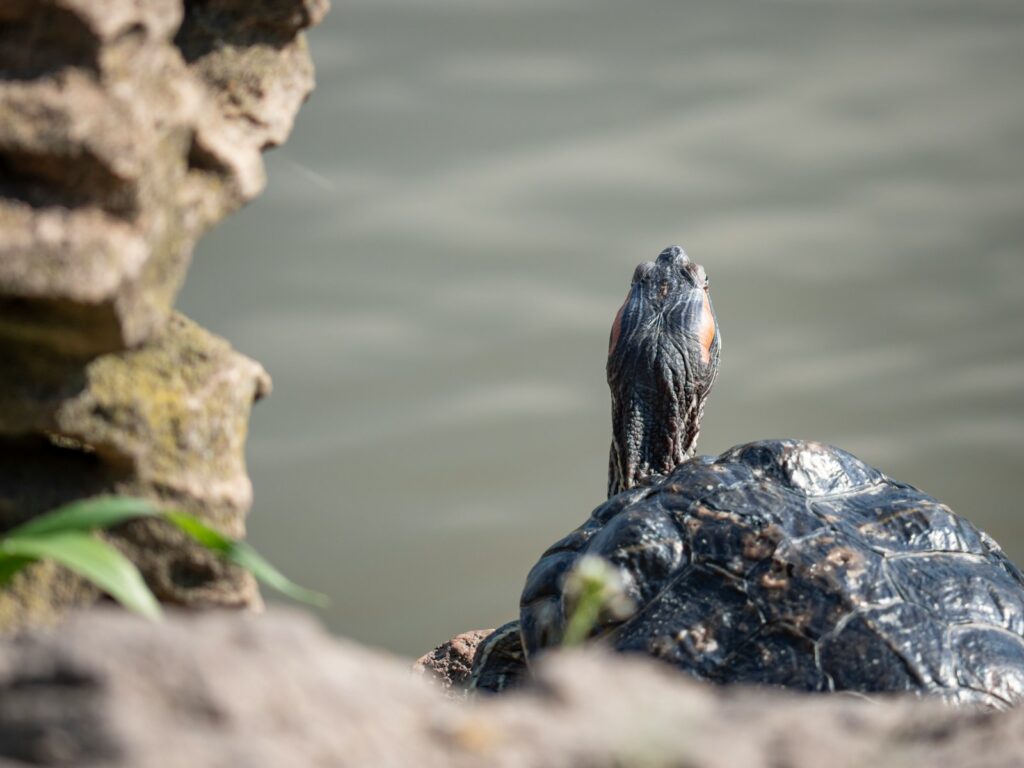
When designing a turtle pond, size and depth must accommodate both the species and number of turtles you plan to keep. As a general rule, plan for at least 100 gallons of water per adult turtle, with a minimum pond size of about 8 feet by 4 feet for even a small collection. Depth should vary throughout the pond, with shallow areas of 8-12 inches and deeper sections of at least 18-24 inches to allow for natural swimming behaviors and protection during temperature extremes. The deeper areas provide safety during winter in colder climates, allowing turtles to brumate at the bottom where water doesn’t freeze solid. Creating this depth variation not only serves the turtles’ biological needs but also encourages a more balanced ecosystem that requires less intervention.
Selecting Appropriate Materials and Liner Options
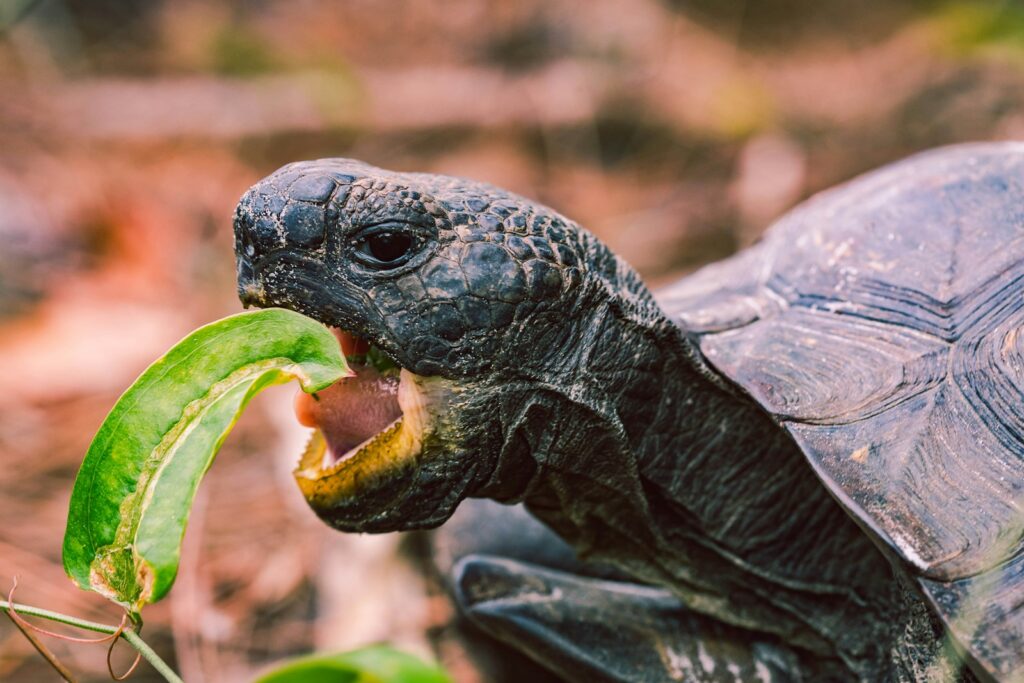
The materials you choose for your turtle pond will significantly impact both its durability and maintenance requirements. EPDM rubber liners offer excellent flexibility and longevity, typically lasting 20+ years when properly installed and protected from UV degradation with water coverage or rocks. Preformed pond shells provide easy installation but offer less design flexibility and may not provide ideal depth variations for turtles. For truly low-maintenance options, consider concrete construction with appropriate sealant, which offers superb durability and can be shaped to include varied depths and built-in basking areas. Whichever material you select, incorporate a protective underlayment beneath the liner to prevent punctures from rocks or roots, and extend the edges at least 12 inches beyond your planned water line to accommodate shifting and prevent leaks.
Creating Effective Filtration Systems
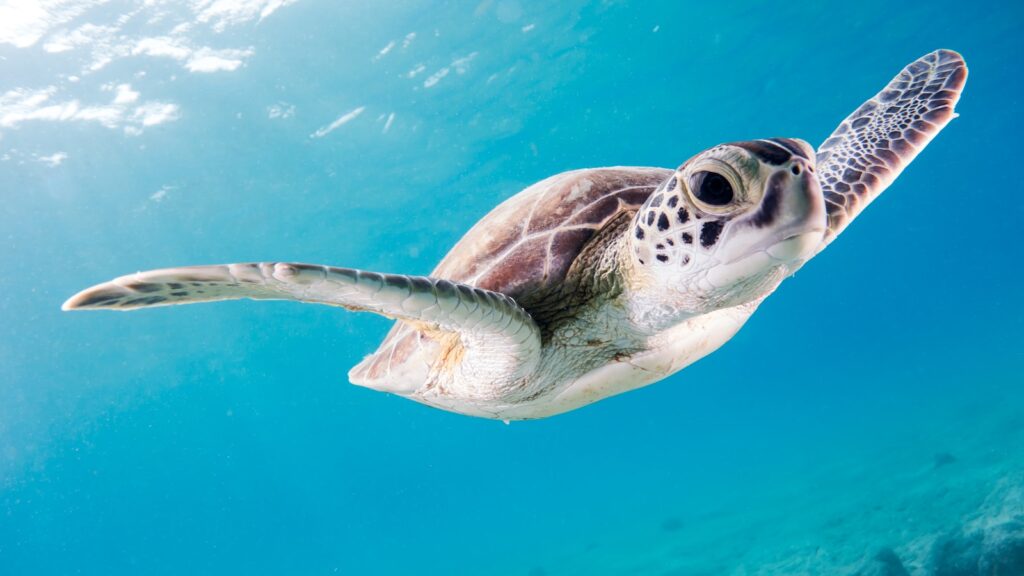
A robust filtration system forms the backbone of a low-maintenance turtle pond, helping to manage the considerable waste turtles produce. Biological filtration uses beneficial bacteria to convert harmful ammonia and nitrites into less harmful nitrates, while mechanical filtration removes physical debris from the water. For optimal results, implement a multi-stage system consisting of a skimmer to collect surface debris, a biological filter with media that houses beneficial bacteria, and potentially a UV clarifier to control algae. Pressurized canister filters work well for smaller ponds, while larger installations benefit from external pump-fed biofilters supplemented with bog filters or constructed wetlands. Designing your system to be easily accessible for cleaning will significantly reduce your long-term maintenance burden, as even the best filters require occasional servicing.
Installing Proper Water Circulation and Aeration
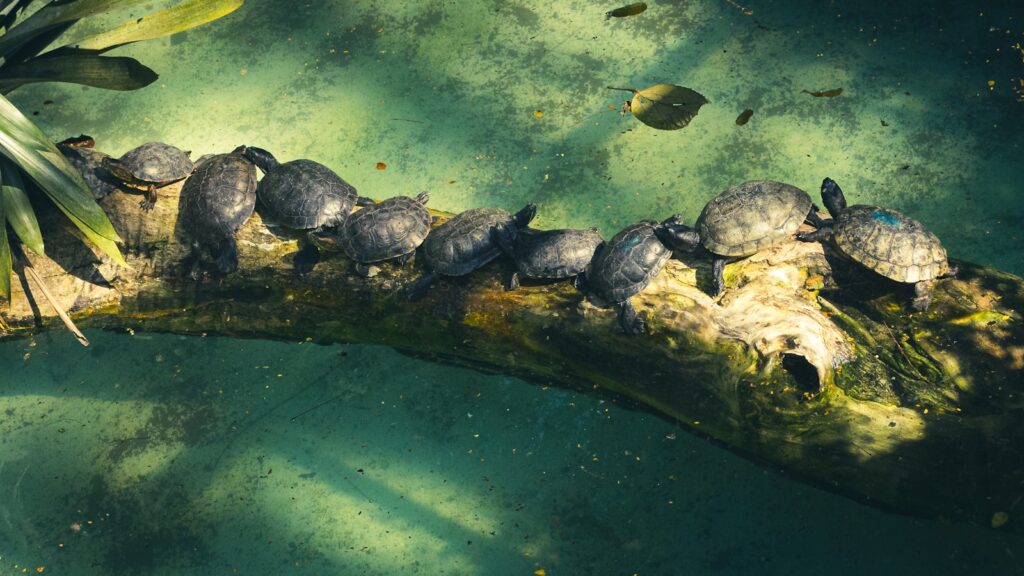
Effective water movement is essential for maintaining a healthy turtle pond ecosystem with minimal intervention. Proper circulation prevents stagnant areas where debris accumulates and ensures that filtered water is distributed throughout the pond. A well-designed system should turn over the entire pond volume at least once every two hours, with pumps sized accordingly based on your pond’s total gallons. Beyond basic circulation, incorporating aeration through fountains, waterfalls, or dedicated aerators increases oxygen levels, supporting beneficial bacteria that process turtle waste and decomposing organic matter. The sound of moving water also attracts birds and other wildlife, enhancing your backyard ecosystem while the splashing helps disperse heat during summer months. Position return flows to create a gentle current that helps sweep debris toward skimmers or filters for automatic removal.
Designing Natural Basking Areas and Shelter
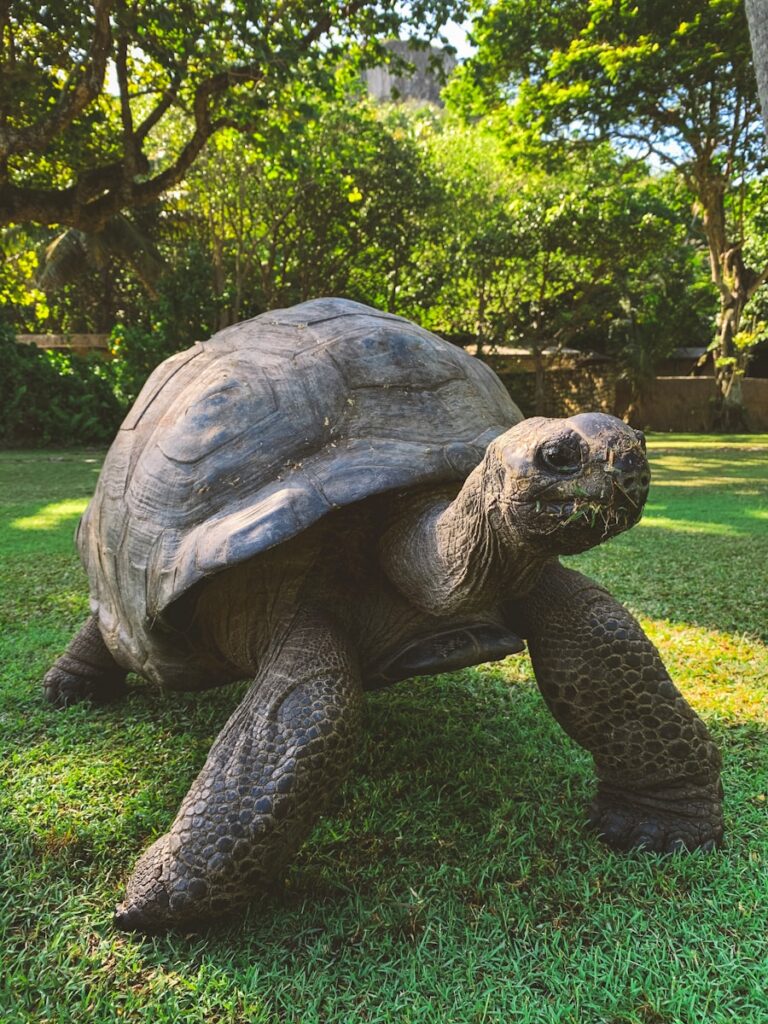
Turtles require easily accessible basking spots where they can completely emerge from the water to dry their shells and absorb essential UVB rays. Integrate multiple basking areas of different sizes and heights, using materials like flat rocks, driftwood, or purpose-built floating platforms anchored to prevent tipping. Ensure these platforms have gently sloped ramps allowing turtles to easily climb out of the water, with textured surfaces providing necessary traction for their claws. Beyond basking structures, incorporate underwater hiding places using rock caves, hollowed logs, or plant groupings where turtles can retreat when feeling threatened. These varied habitat features not only serve your turtles’ biological needs but also create visually interesting focal points that enhance the natural aesthetic of your pond while requiring virtually no maintenance once established.
Selecting Appropriate Aquatic Plants
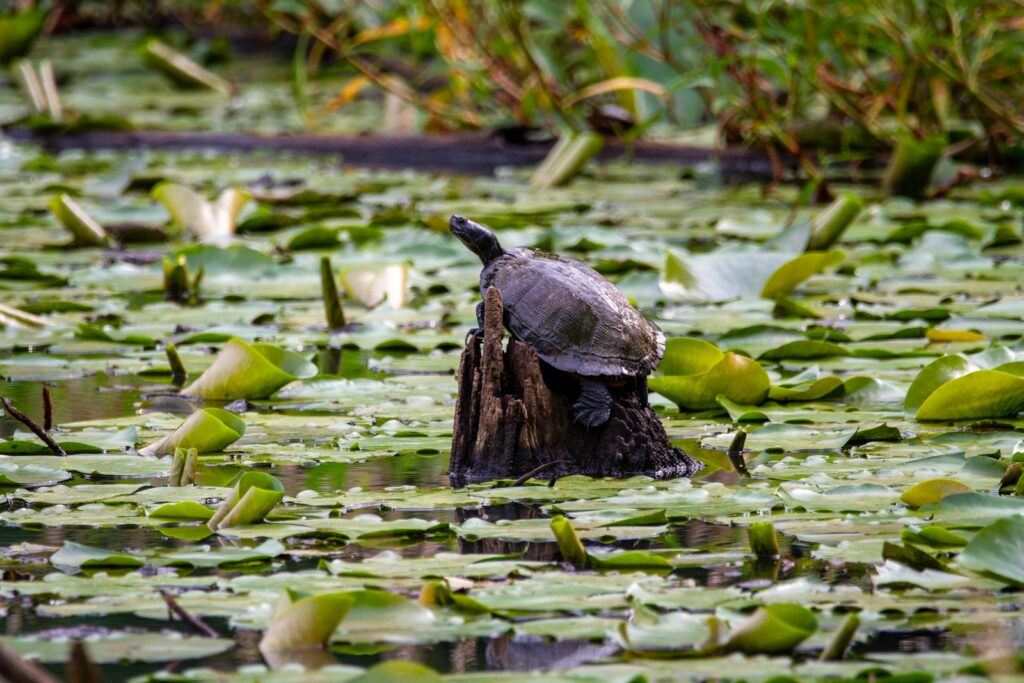
Strategic plant selection plays a crucial role in creating a self-sustaining, low-maintenance turtle pond ecosystem. Floating plants like water lettuce and water hyacinth provide shade, absorb excess nutrients, and offer hiding places for turtles, though they may become turtle snacks and require occasional replenishment. Submerged oxygenators such as anacharis and hornwort improve water quality by releasing oxygen and absorbing carbon dioxide while providing natural filtration. Marginal plants like cattails, pickerel rush, and iris add visual interest around pond edges while helping stabilize water quality. When selecting plants, focus on hardy native species that can withstand turtle grazing and match them to appropriate water depths according to their requirements. Creating plant protection zones using rocks or underwater barriers allows vegetation to establish itself without being immediately decimated by hungry turtles.
Maintaining Water Quality Naturally
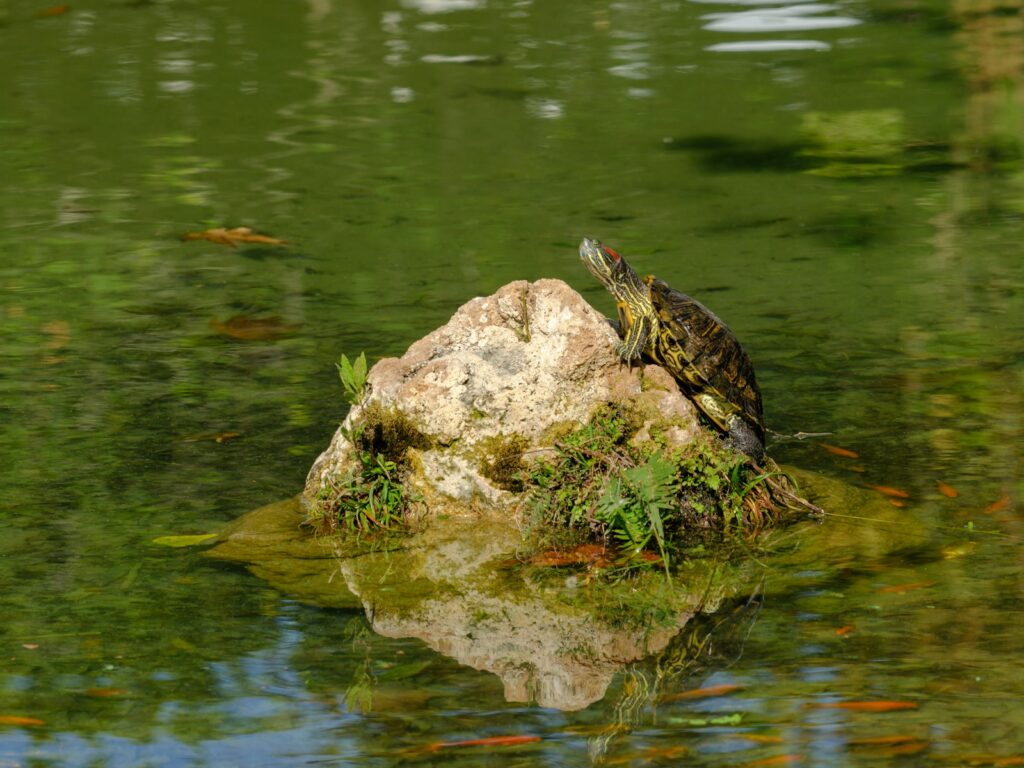
A truly low-maintenance turtle pond relies on natural biological processes to maintain water quality with minimal human intervention. Establish beneficial bacteria colonies in your filters and pond substrate by adding quality bacterial supplements when first filling the pond and after major cleanings. These microorganisms break down turtle waste and other organic matter, preventing ammonia buildup that could harm your turtles. Incorporate a variety of plants that absorb nitrogen compounds, effectively serving as natural filters that continuously clean the water. Supporting organisms like freshwater snails and safe fish species can help manage algae and consume detritus, further reducing maintenance needs. Regular water testing allows you to monitor key parameters like ammonia, nitrite, and pH, helping you address potential problems before they require major interventions like complete water changes.
Addressing Seasonal Maintenance Concerns
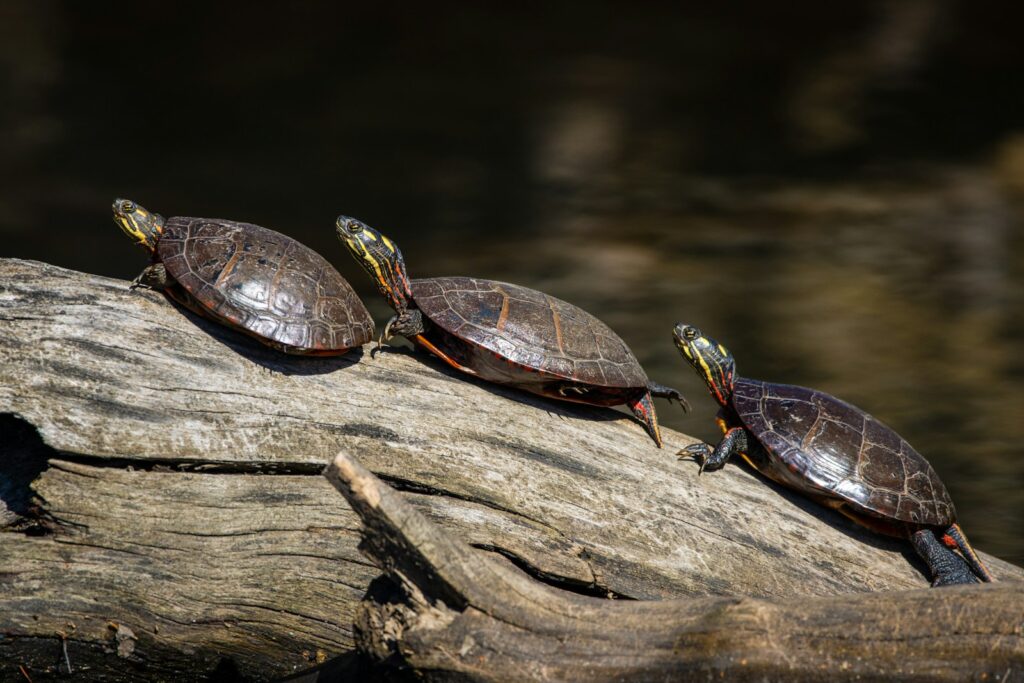
Seasonal transitions require specific maintenance approaches to keep your turtle pond functioning optimally with minimal effort. In spring, perform a partial water change of about 20% while carefully removing accumulated debris without disturbing beneficial bacteria in the substrate. Summer maintenance focuses on maintaining water levels lost to evaporation and ensuring filtration systems don’t become clogged with plant matter or algae. As autumn approaches, install netting above the pond before leaf drop to prevent excessive organic matter from entering the water and decomposing. Winter preparation depends on your climate and turtle species—temperate regions require reducing pump flow and potentially adding a pond heater or de-icer to maintain an oxygen exchange area, while keepers in freezing climates might need to overwinter turtles indoors or ensure deep areas remain unfrozen for brumation.
Protecting Against Predators and Escapees
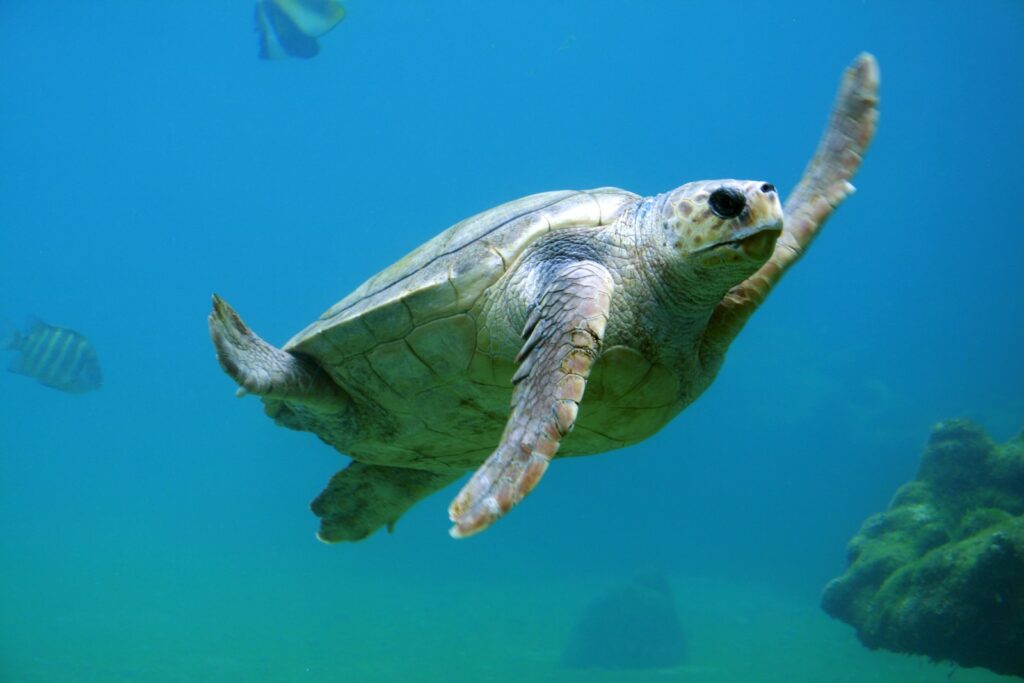
A well-designed turtle pond includes features that both prevent escapes and protect inhabitants from potential predators. Create pond edges with slopes too steep for turtles to climb, or install perimeter fencing extending at least 12 inches above ground and 4-6 inches below soil level to prevent digging. Raccoons, herons, and large birds pose significant threats to turtles, particularly smaller specimens or hatchlings. Incorporate plenty of underwater hiding places like rock caves and dense plantings where turtles can seek protection when threatened. For additional security, consider installing partially submerged shelters or floating turtle docks with protective covers that allow turtles to bask while remaining shielded from aerial predators. Motion-activated sprinklers or lights can also discourage nocturnal visitors without requiring constant vigilance on your part.
Troubleshooting Common Turtle Pond Problems
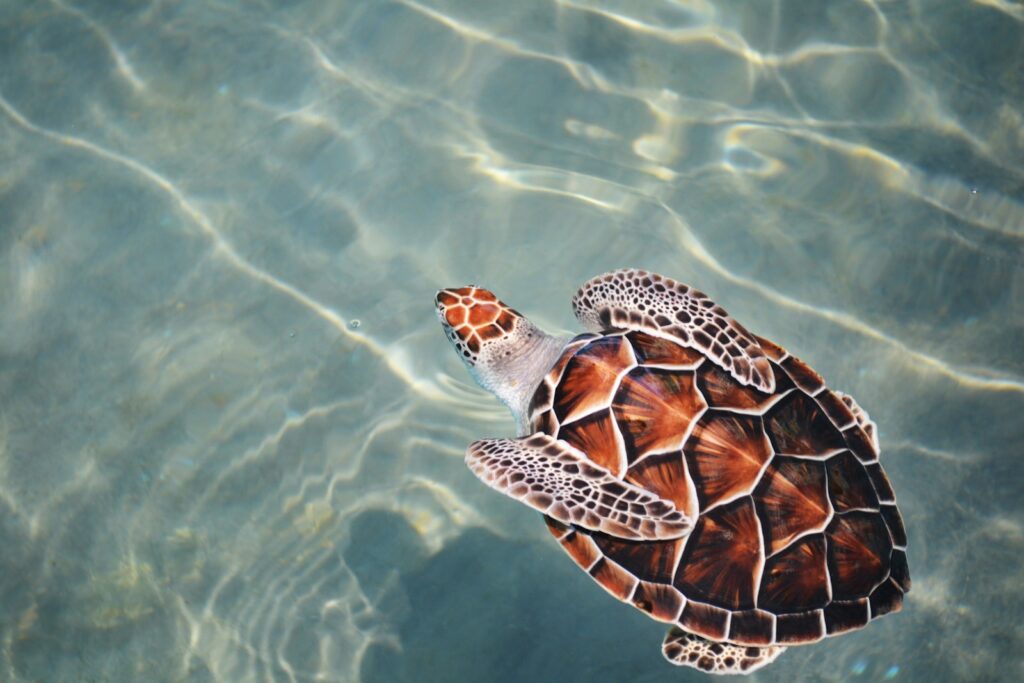
Even well-designed turtle ponds occasionally encounter issues that require attention. Excessive algae bloom typically indicates nutrient imbalance—address this by increasing plant coverage to compete with algae for nutrients, ensuring filtration is adequate, and potentially reducing feeding amounts. Cloudy water often signals either a bacterial bloom during the nitrogen cycle establishment or overly fine sediment suspension, both typically resolving with time and proper filtration. Monitor for signs of illness in your turtles, such as reluctance to bask, swollen eyes, or shell abnormalities, which may indicate water quality problems requiring immediate attention. Leaks can develop from liner damage or settling—identify their source by checking water levels daily and look for wet spots around the pond perimeter, repairing promptly to prevent erosion and structural damage to surrounding landscape features.
Complementing Your Pond with Turtle-Safe Landscaping
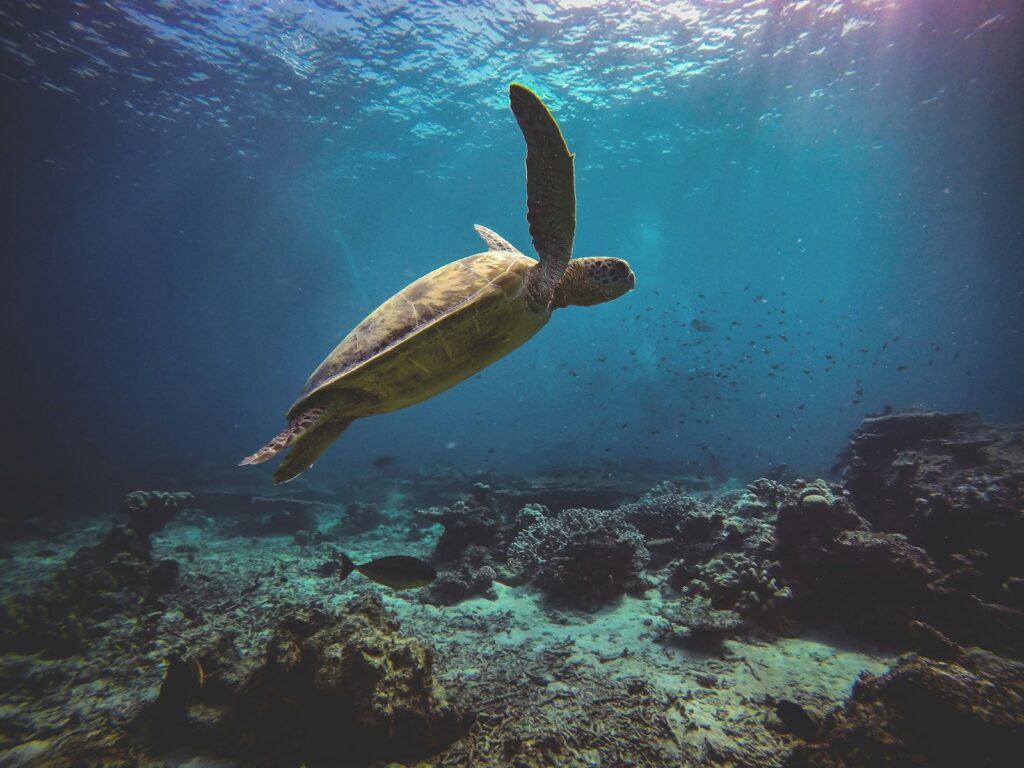
The areas surrounding your turtle pond contribute significantly to both its aesthetic appeal and functional maintenance requirements. Select native, low-maintenance plants for the pond perimeter that won’t drop excessive debris into the water while providing partial shade and natural habitat extensions. Create dedicated “turtle gardens” near the pond with safe, edible plants like dandelions, hibiscus flowers, and leafy greens that can supplement your turtles’ diet while adding visual interest. Incorporate smooth, rounded stones around pond edges to prevent erosion and provide additional basking opportunities that seamlessly blend with the landscape. Avoid using chemical fertilizers, pesticides, or herbicides in the vicinity of the pond, as these can leach into the water and harm both turtles and the beneficial microorganisms maintaining your water quality.
Conclusion
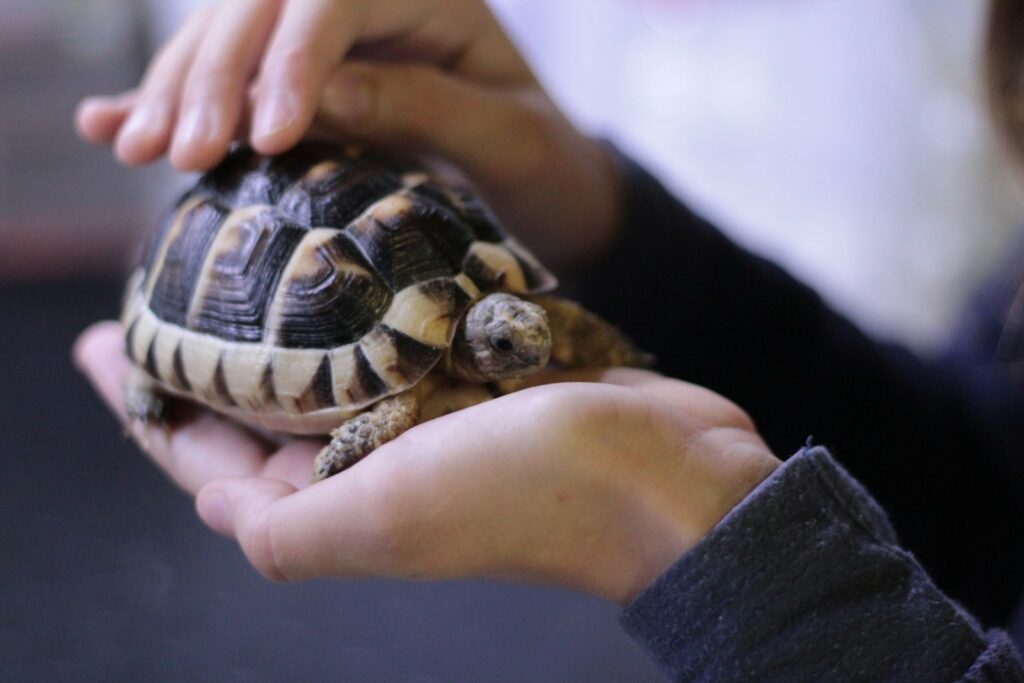
Creating a low-maintenance turtle pond represents a perfect balance between human design and natural ecosystem function. By carefully planning the location, size, and features of your pond, you can establish a largely self-sustaining environment that provides an enriching habitat for turtles while requiring minimal ongoing work. The keys to success lie in robust filtration, appropriate plant selection, and working with natural biological processes rather than against them. Your reward will be a beautiful backyard feature that brings the fascinating world of turtles into daily view, connecting you with nature’s rhythms and providing endless opportunities for observation and enjoyment. With thoughtful implementation of these principles, your turtle pond will become not just a habitat, but a thriving ecosystem that largely cares for itself.

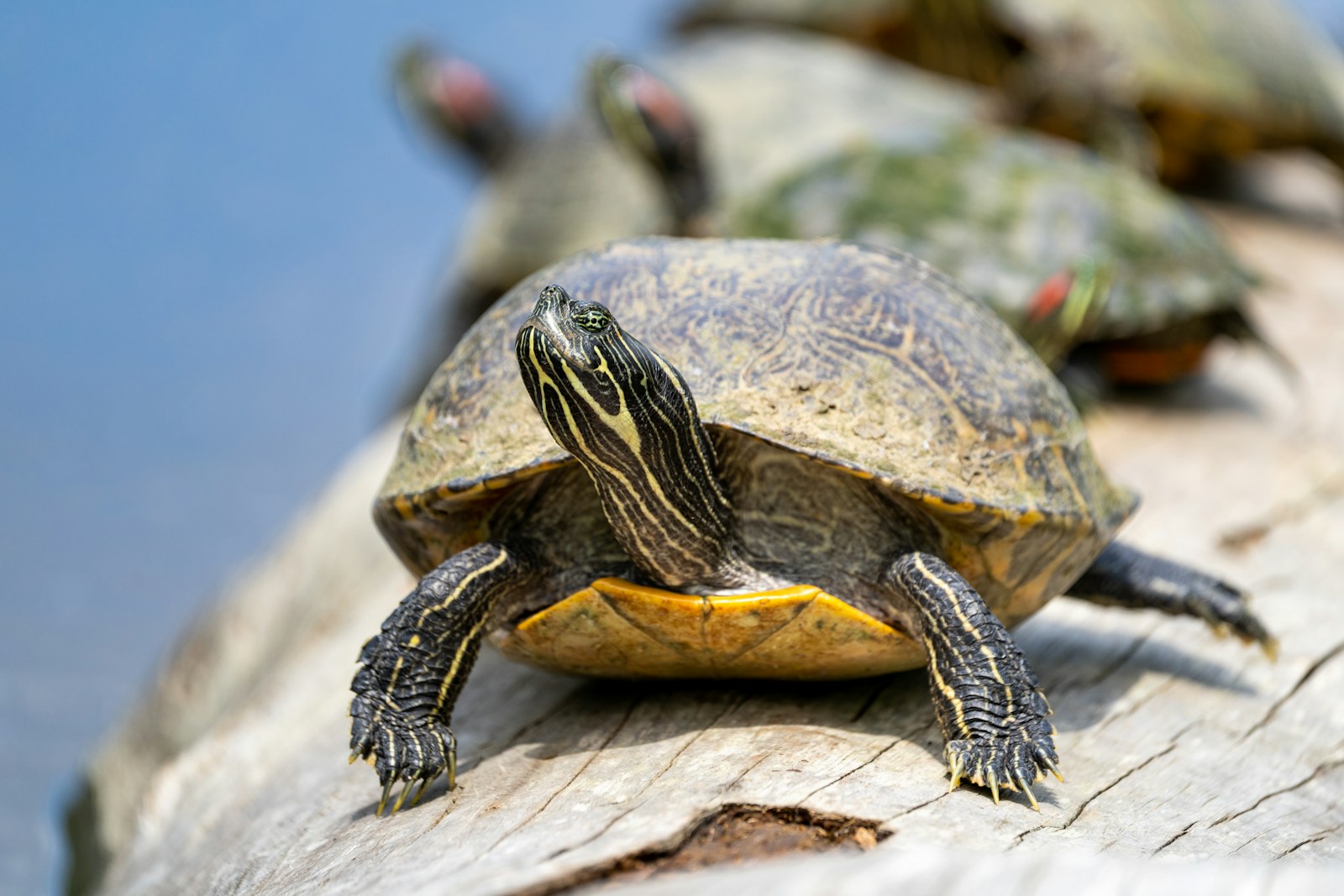



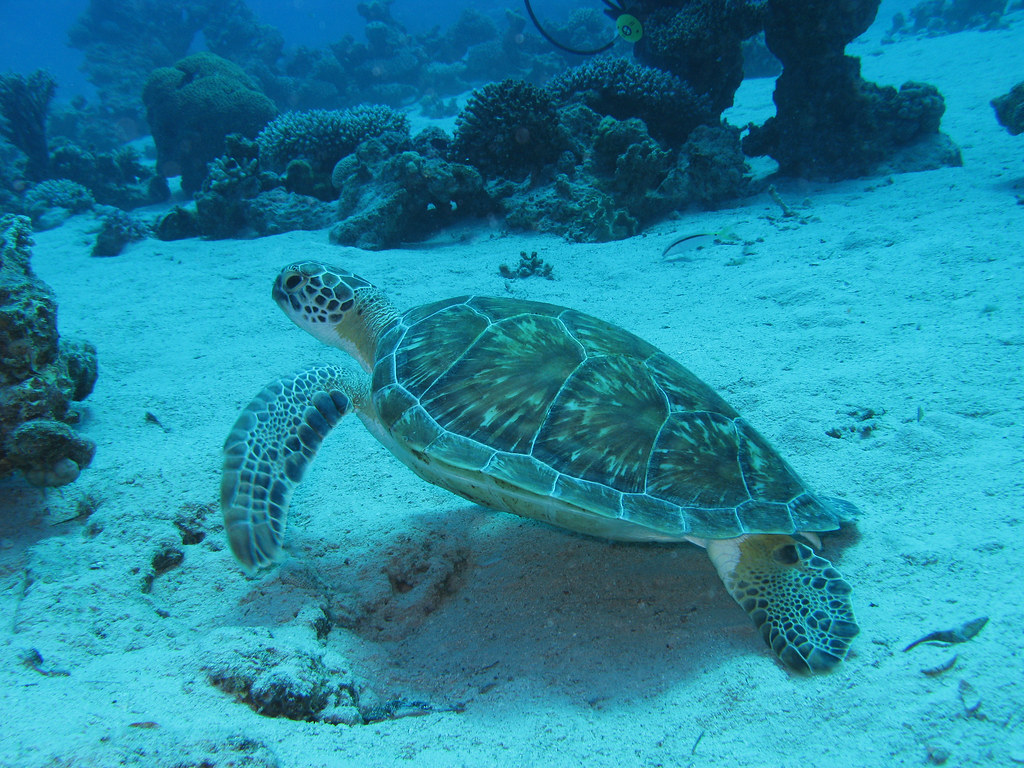
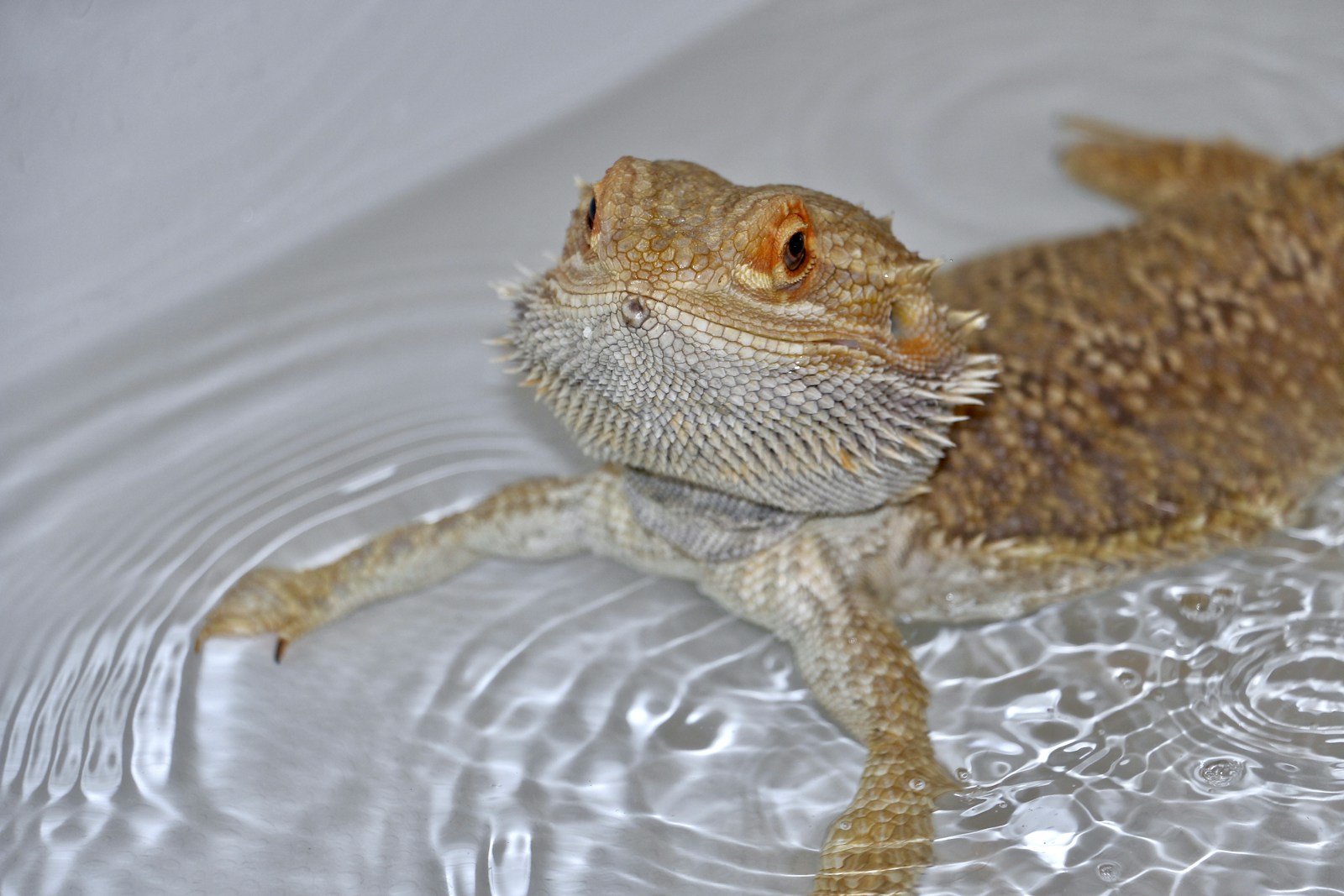
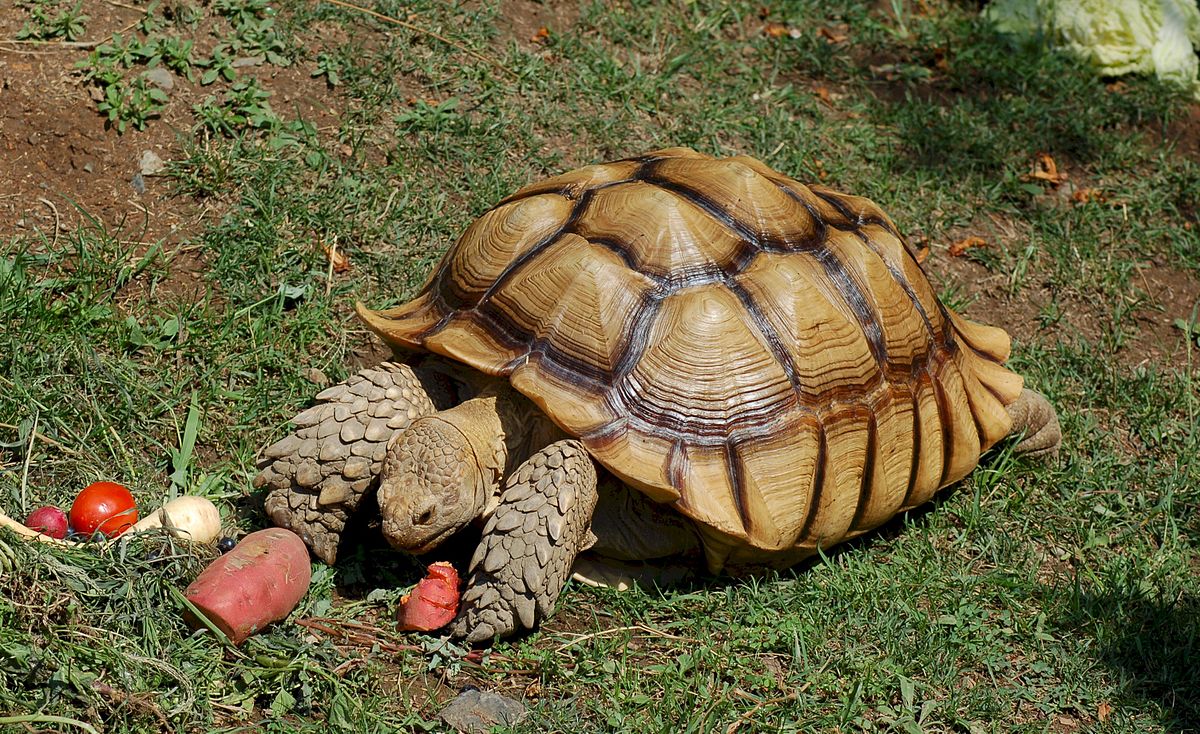
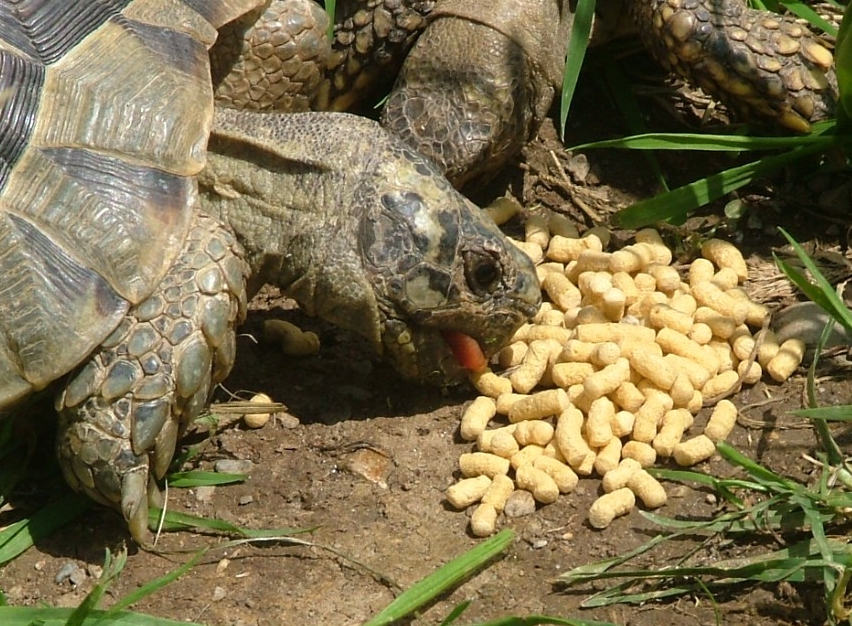
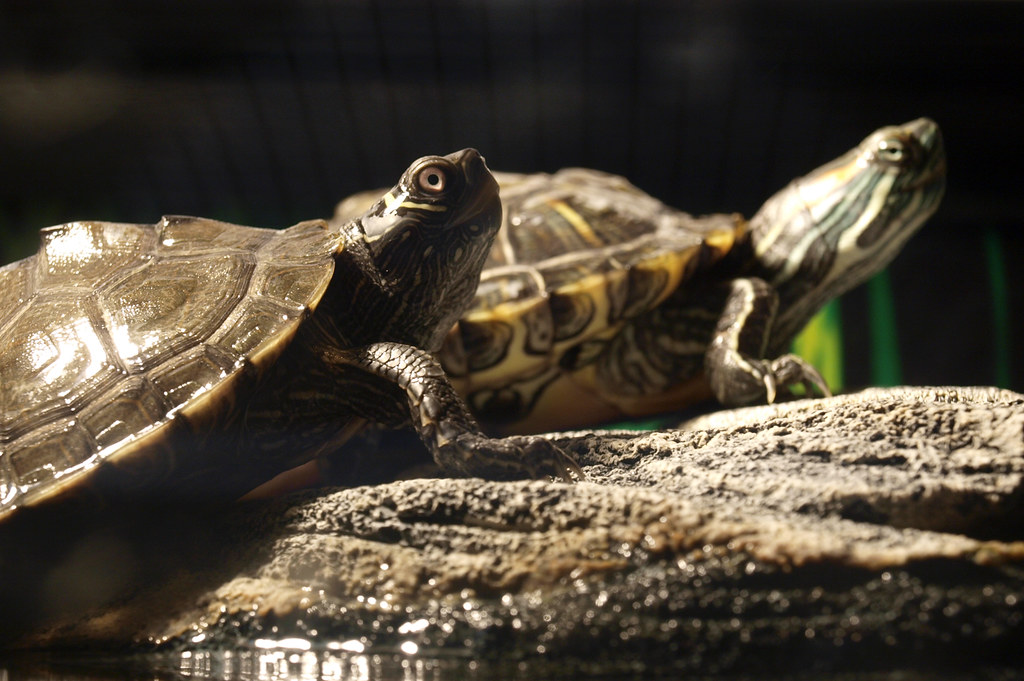
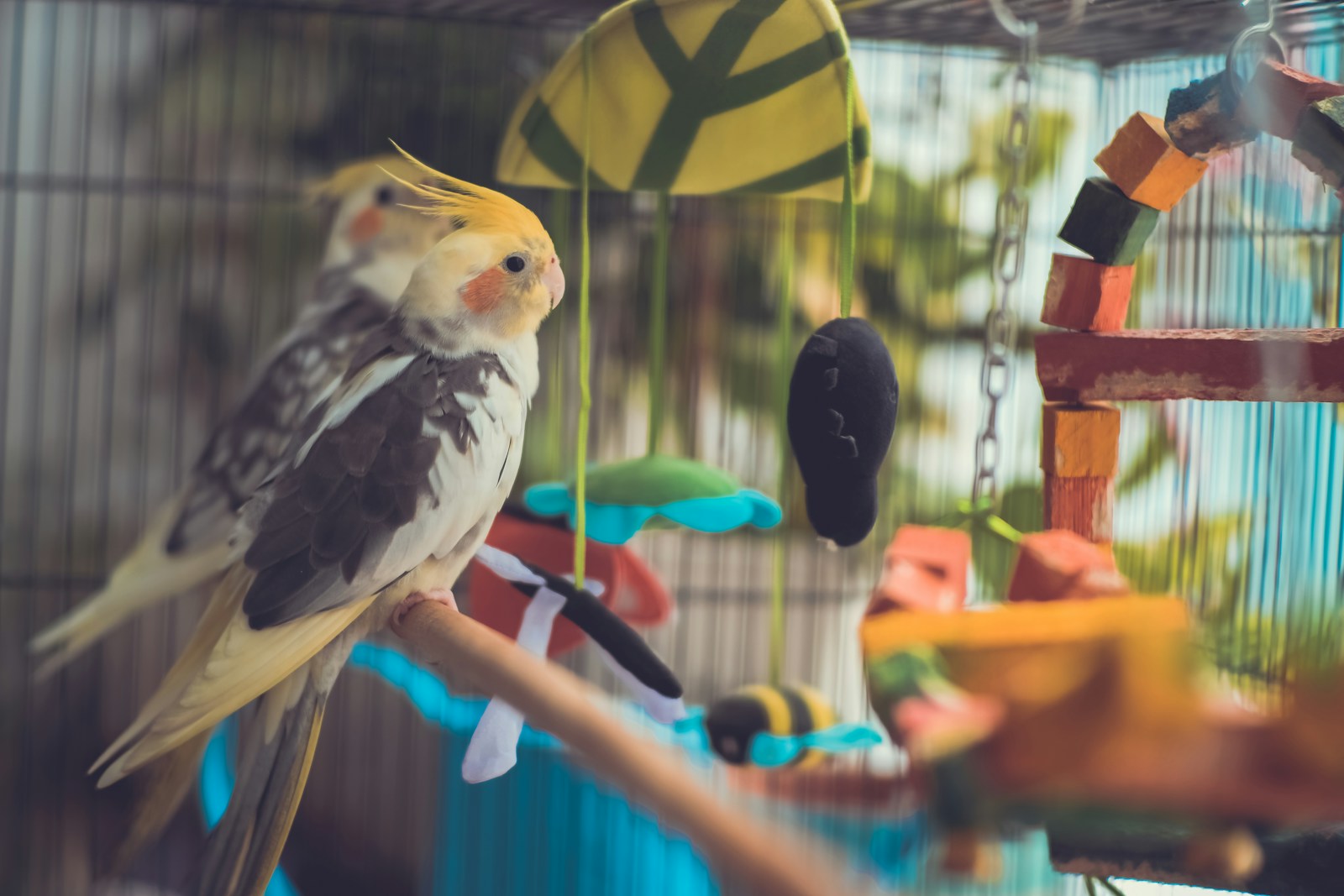





Leave a Reply